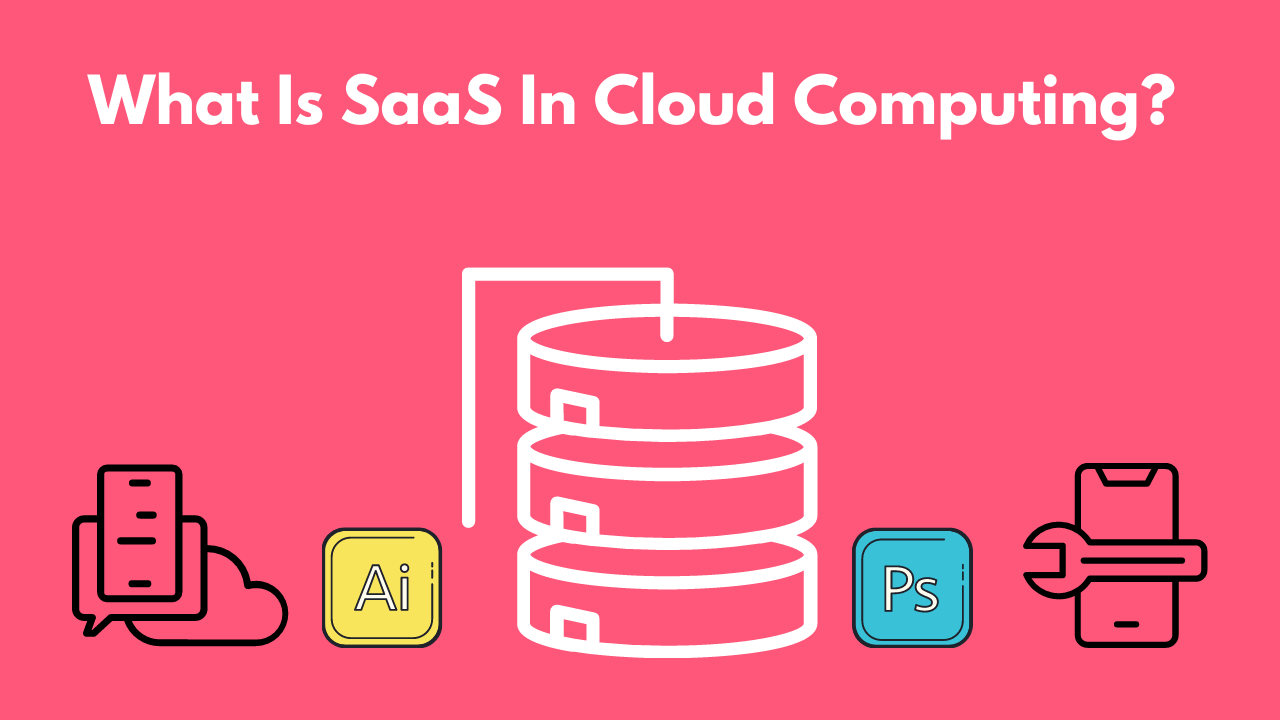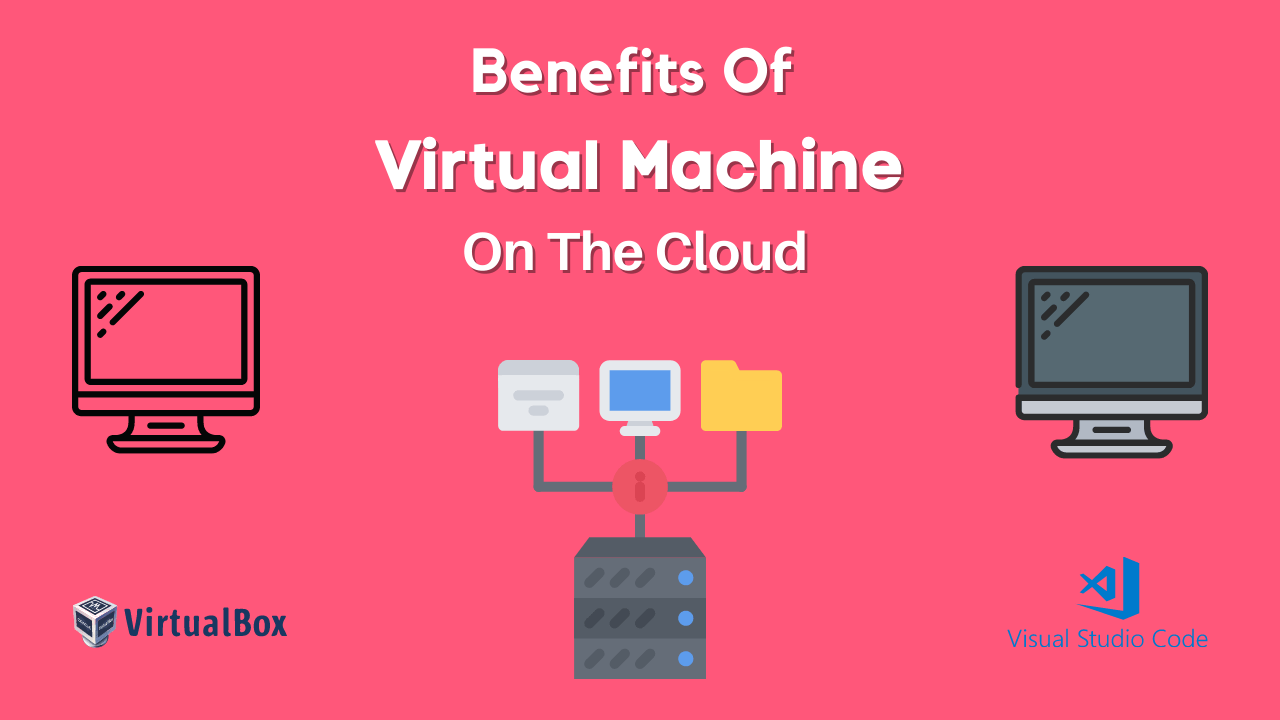In this blog, We are going to study What Is SaaS In Cloud Computing? in detail and its different Examples and Usabilities of it.
SaaS stands for Software as a Service, and it refers to software that’s centrally hosted and licensed on a subscription basis.
While this term might be relatively new to the general public, SaaS in cloud computing has been around since the mid-1990s.
When the technology was first used in collaboration and document sharing apps like Salesforce and Office 365.
To understand what exactly SaaS is, we need to understand what cloud computing and software as a service are.
What Is SaaS?
SaaS, or software as a service, refers to an on-demand software licensing and delivery model.
In fact, according to Gartner Inc., a leading technology research and advisory company, 83% of software companies surveyed reported using SaaS to deliver business applications such as customer relationship management and enterprise resource planning.
Software as a service (SaaS) can be easily purchased and accessed online via web browsers.
While some people confuse SaaS with Software-as-a-product (SaP), there are several key differences between these two models that make SaaS so popular today.
Related Article: IaaS versus PaaS versus SaaS: What are the differences?
What is SaaS in Cloud Computing?
Software as a service (SaaS) in cloud computing can give you the flexibility you need to quickly and easily deploy new applications that make your work easier, more effective, and more profitable.
But SaaS isn’t right for every company. How do you know if it’s right for you? We’ll take a look at what SaaS is, how it works, why it might be the right fit for your company, and some of the pros and cons to consider before making your decision.
Related Article: What Is Cloud Computing? – Example, Components, Platforms
Advantages of SaaS In Cloud Computing
Cloud computing and Saas have a lot of similarities but they are also fundamentally different.
They share some basic characteristics and have numerous benefits, including reliability, scalability, and data security. However, many business owners don’t understand what Saas actually is.
To fully utilize its advantages, it’s important to know what SaaS means first before you start using it for your business or personal reasons.
With SaaS you pay only for what you use, which means no long-term contracts or upfront investments; you simply pay per user per month based on the subscription level chosen.
Service providers offer flexible billing options so you can choose to pay monthly, quarterly, or annually based on your budget and cash flow requirements.
If you want to try out a new application before making an investment, there are trial versions available that allow users to test-drive software before committing to purchase.
This allows businesses with limited IT budgets to experiment with new technologies without having to commit large sums of money upfront.
Related Article: Why is Cloud Computing Important For Your Business?
Examples of SaaS In Cloud Computing
What Is Salesforce CRM?
Salesforce is a customer relationship management (CRM) software as a service (SaaS) that helps businesses track their sales leads and manage their customers’ information through an online database via a user-friendly interface.
What is Google Docs?
Google Docs is a set of online productivity tools that includes word processing, spreadsheets, presentations, forms, drawings, and more.
The applications are accessed from a web browser or mobile device using an internet connection, or through desktop sync software such as Googles Chrome OS or Microsoft Office Online Server (for Windows).
What Is Microsoft Office 365?
Microsoft Office 365 (previously known as Windows Live Hotmail) is a cloud-based suite of web applications, services, and devices that enable users to communicate, collaborate and work more efficiently from virtually anywhere via their computer, smartphone, or tablet.
What Is Google Hangouts?
Google Hangouts is an instant messaging service developed by Google that allows communication between two or more users through voice calls, video chats, and instant messaging.
What Is Slack?
Slack is a team collaboration tool for real-time communication available on computers, tablets, smartphones, and other mobile devices.
Future Of Saas In Cloud Computing
The popularity of cloud computing has also given a boost to the software as a service (SaaS) model.
Under SaaS, vendors provide business applications and software tools over the Internet on demand.
The number of organizations planning to use cloud computing for services increased by more than 60 percent between 2009 and 2010, according to IDC.
A recent survey revealed that about 85 percent of IT professionals are using or evaluating cloud computing.
In another survey, 34 percent of respondents said they were using or considering SaaS apps for their businesses.
These numbers indicate that cloud computing is gaining momentum and will continue to grow.
Moreover, it appears that many companies are turning to SaaS because it offers flexibility and scalability along with cost-effectiveness.
And what’s more, you can easily integrate your existing software with these hosted solutions without any major changes in your current setup.
Related Article: IaaS, PaaS, SaaS in Cloud Computing: Complete Guide
Challenges and Risks in SaaS
With SaaS, users face a host of challenges and risks, Do these include What are some other concerns that businesses should be aware of when using SaaS? What is your opinion on these issues?
What advice would you give to new companies looking to adopt SaaS for their own business needs? Do you believe there will ever be a completely secure SaaS solution available for small businesses and consumers?
The cloud computing and software as a service (SaaS) market are still fairly new, which presents some challenges and risks.
In some cases, there can be an overlap between cloud computing services and software as a service.
However, there are many key differences between cloud computing and SaaS. These differences include concerns over the security of data in case of emergency failures.
Additionally, many people have privacy concerns with cloud computing due to their own personal information being stored on a third-party server.
Despite these challenges and risks, however, SaaS is growing rapidly in popularity because it offers so much flexibility for both businesses and consumers alike.
5 Key Benefits of SaaS in Cloud Computing
SaaS in Cloud Computing or Software as a Service allows organizations to get their business software applications up and running with little or no upfront capital investment? It allows customers to pay for software on a pay-as-you-go basis.
From anywhere at any time, enterprise clients can purchase subscriptions that grant them access to various cloud computing services of their choice; these are hosted by third-party service providers.
The flexibility offered by SAAS has made it an attractive option for both enterprises and small businesses alike.
Related Article: On-premise Cloud vs Hybrid Cloud: What is the Difference?
1. Pay-per-use model:
The main advantage of using SaaS is its pay-per-use model, which eliminates recurring costs associated with traditional IT infrastructure maintenance such as hardware procurement, upgrades, and maintenance, application licensing fees, etc.
With SaaS, you only pay for what you use; there are no long-term contracts or commitments.
2. Lower Total Cost of Ownership (TCO):
Unlike on-premise software solutions that require an upfront investment to procure hardware and software licenses, cloud computing services allow users to access applications at a much lower TCO.
This makes it more affordable for small businesses to get their hands-on enterprise-level applications without having to invest heavily in costly technology infrastructures.
3. 24/7 availability:
With SaaS you can access your business applications anytime from anywhere via any device, there’s no need to install or maintain expensive infrastructure as everything is hosted by third-party service providers.
You can also add or remove employees as per your requirement without worrying about any additional costs associated with hardware procurement or maintenance.
4. Built-in security:
Software running on cloud infrastructure is much more secure than traditional enterprise applications because it’s hosted on a physically secure third-party data center, which has a direct Internet connection, regularly monitored by security professionals.
You don’t have to worry about guarding your data against network attacks or cybercrimes because service providers take care of securing sensitive information such as credit card numbers and financial transactions as part of their offering.
5. Easier collaboration:
Collaboration between employees located at different geographical locations becomes easier with SaaS.
There’s no need to worry about data protection as everything is stored on secure servers in a centralized location, accessible via Internet from anywhere at any time.
Related Article: Top 10 Benefits of Cloud Computing.
Security and Privacy in SaaS
When using a Software as a Service (SaaS) system, privacy and security are very important, With most cloud computing services, you are sharing your data with third-party companies and clients that may use it for purposes that you do not want.
Ensure that all information handled by your SaaS provider can be safely stored and transmitted.
Make sure to check how they handle customer data and what kind of protection they have against hacking attacks.
If your service doesn’t have strong encryption features, then look elsewhere or take extra precautions to protect yourself.
It’s also wise to check if there are any legal issues surrounding their service, Most countries have laws on what kind of data can be collected from customers and how it should be used; make sure you know these rules before signing up for a new SaaS solution.
Lastly, always keep an eye out for any signs of trouble when using a SaaS platform. Security breaches happen more often than you might think and could compromise your business at any time.
After checking all these things out, make sure to read over their terms of service agreement carefully so that you don’t end up getting stuck with unexpected fees later on down the line.
You will usually find these agreements on login pages or in an email after signing up for a free trial account.
Conclusion
SaaS stands for software as a service and refers to applications that are hosted in the cloud rather than on local computers or in data centers.
Software-as-a-service (SaaS) applications are sometimes referred to as on-demand software and Web-based/Web-hosted software because they are accessible over the Web via standard web browsers.
These applications might include productivity tools, project management tools, online collaboration tools, customer relationship management (CRM) tools, business intelligence (BI) tools, enterprise resource planning (ERP) tools, analytics, document management systems, and so on.
Related Article: IaaS vs PaaS on Azure: Which is Right for Your Business?

Meet Nitin, a seasoned professional in the field of data engineering. With a Post Graduation in Data Science and Analytics, Nitin is a key contributor to the healthcare sector, specializing in data analysis, machine learning, AI, blockchain, and various data-related tools and technologies. As the Co-founder and editor of analyticslearn.com, Nitin brings a wealth of knowledge and experience to the realm of analytics. Join us in exploring the exciting intersection of healthcare and data science with Nitin as your guide.










